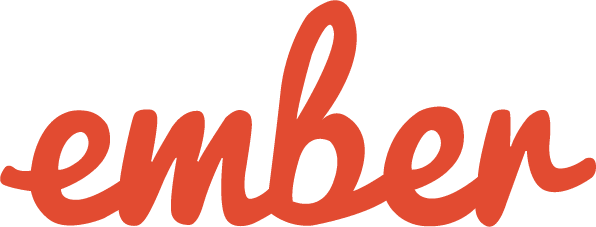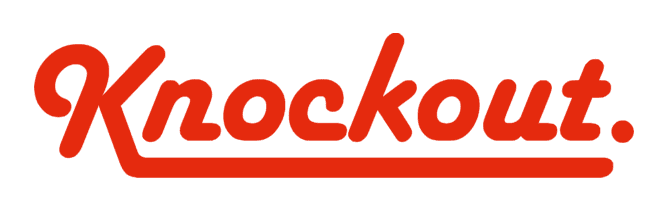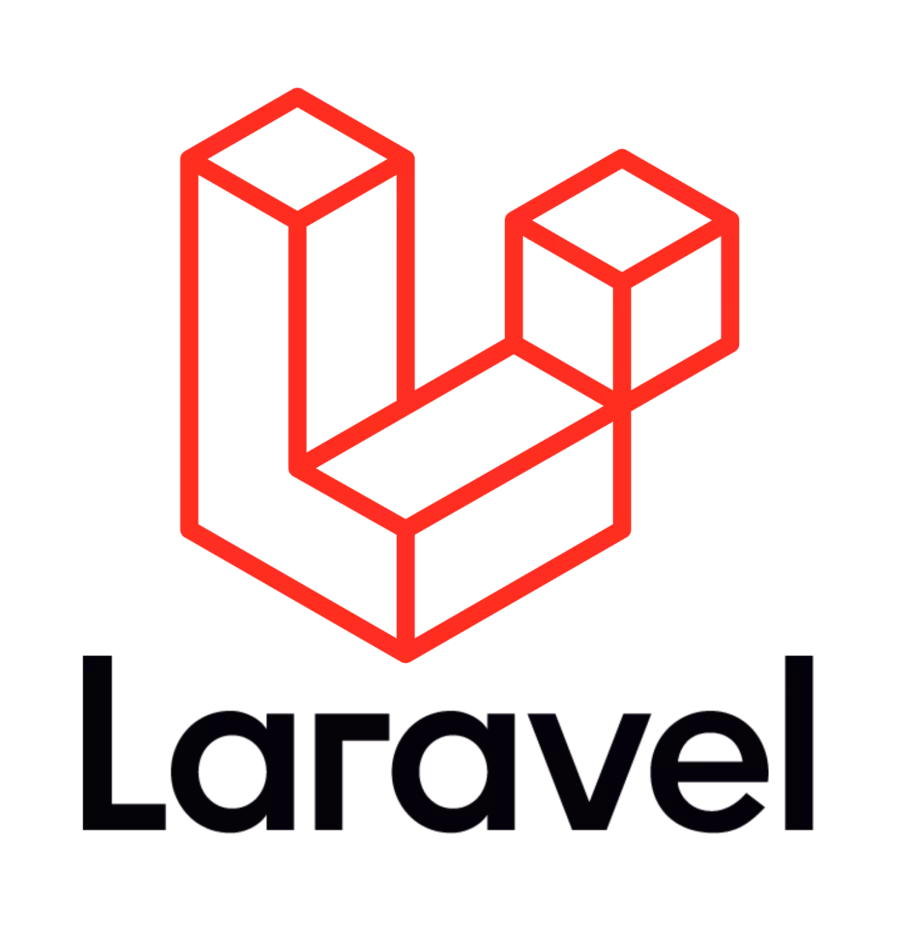Exploring the Architecture Pattern of MVC

Software architecture plays a crucial role in the design and development of software. It can be compared to the architecture of a building, where the structure and organization of components are carefully planned and executed. In software development, software architecture refers to the description of the design and the arrangement of components into systems that make up the fundamental elements of the software. With various architectural patterns available, MVC is one of the most commonly used and well-known patterns in the industry.
What is MVC?
MVC (Model-View-Controller) is a software engineering architectural pattern used in web applications that separates functionality into 3 components: the model (data), the view (presentation), and the controller (interaction). It helps organize code, making it easier to maintain and extend and ensures that changes to one component do not affect others. MVC is widely used by frameworks such as Ruby on Rails and ASP.NET MVC.
The MVC was developed as a solution to manage the complexity of applications by separating their different aspects, such as UI coding, business logic, and data domain. This separation is achieved through loose coupling between the elements.
The pattern defines where each type of logic should be located in the application, with UI logic residing in the view, input logic in the controller, and business logic in the model. This separation enables programmers to effectively manage complexity by focusing on one aspect of implementation at a time.
The Concept of MVC – The Three Levels of Architecture
The MVC pattern separates an application’s components into input, processing, and output, with the model, view, and controller interconnected. An application can be developed using any of the three components, whether it be a web or .NET app.
In MVC, controllers and models receive requests and provide information to views, which then use the data to produce the final output.
Summary of MVC concepts:
1. Model:
- Represents the application data and business rules that govern updates.
- Displays all data.
- Unaware of presentation and display pattern.
2. View:
- Holds only the required properties for a view.
- Can contain properties from multiple database entities.
- Created specifically for the view purpose.
3. Controller:
- First point of contact for user requests.
- Intercepts request from the view and pass them to the model for action.
- Passes the appropriate view to the user after the action is completed.
- Works closely with the view in GUI.
Benefits of Using MVC Framework
Can Handle Large-size Web Applications
The segregation of code into three levels in MVC allows for the easy division and organization of web application logic, especially in large-scale applications managed by large development teams. This code structure benefits the development process as specific portions of code can be quickly located and new functionality can be easily added.
Supportive for Asynchronous Method Invocation (AMI)
A key feature of the MVC architecture is its compatibility with JavaScript and its frameworks, including support for Asynchronous Method Invocation (AMI), allowing for the development of faster-loading web applications. MVC can also be used for building applications that work with PDF files, site-specific browsers, and desktop widgets.
Simple to Modify
The MVC methodology allows for easy modification of the entire application, as adding or updating new views can be done without affecting other sections. This independence between sections increases the flexibility and scalability of the application, as changes in one section will not impact the entire architecture.
Quicker Development Process
The MVC architecture allows for the segregation of code among its three levels, enabling multiple developers to work on different sections (such as the View and the Controller) simultaneously. This facilitates the implementation of business logic and increases the speed of development. Studies have shown that using the MVC architecture can result in a development speed that is three times faster compared to other models.
Easy to Maintain and Plan
The MVC pattern serves as an effective tool during the planning phase of application development. It provides a clear structure for developers to organize their ideas and ideas into actual code. By implementing this architecture, the risk of code duplication is reduced and the maintenance process of the application becomes much simpler.
Can Return Data With No Formatting Needed
In the MVC framework, raw data is returned, which gives the programmers the freedom to design their preferred view engine. This allows them to format the data in a way that best suits their needs. For instance, HTML is commonly used for formatting data, but with MVC, a programmer can choose to use Macromedia Flash or Dreamviewer instead. The modular nature of the MVC framework enables developers to reuse components across different interfaces.
Supportive to TTD (Test Driven Development)
The MVC architecture greatly simplifies the testing process by structurally defining and organizing the code into multiple levels, making it easier to debug large-scale applications. This creates a seamless environment for developing an application and conducting unit tests.
Multiple Views
The MVC pattern enables the separation of data and business logic through the creation of multiple view components for the model component. This reduction in code duplication simplifies the development process.
SEO-Friendly Platform
The MVC architecture facilitates the development of web applications that are optimized for search engines. By allowing for the creation of easily understandable, RESTful URLs, the MVC platform supports efforts to improve the visibility of an application and increase traffic.
Overview of The Most Popular Used MVC Frameworks.
Backbone.Js
Backbone.js is a flexible utility library that can be tailored to the specific needs of your web application through its extensive collection of plugins and add-ons. Although it does not have all the features of a full-fledged MVC framework, it is still a great option for designing complex web applications.
One of the advantages of using Backbone is its modularity, which allows developers to easily switch to a different templating engine if necessary. The source code of Backbone is also easy to understand, making it a good choice for developers who are just starting to learn MVC frameworks.
However, there are also some limitations to using Backbone. For example, it requires external dependencies, such as Underscore, which may not be ideal for novice developers. Additionally, Backbone does not have built-in two-way data binding, which may require plugins or additional work to implement. Despite these drawbacks, Backbone has a great track record of being used in large web applications, such as WordPress, Rdio, and Hulu, making it a reliable choice for your web development needs.
Angular.Js

Angular.js, developed by Google, is a rapidly growing framework. Its standout feature is the use of custom HTML tags and components to define the objectives of the application.
With Angular, you can construct your domain-specific language using its HTML generator tool. This sets it apart from other frameworks that address the issues with HTML by providing alternative methods for manipulating the DOM, rather than abstracting HTML, CSS, and JavaScript.
The benefits of Angular include being backed by Google, having a built-in dependency injection, testing framework, form validation, directives, and easy debugging.
However, there are also challenges with Angular such as a high learning curve, difficulty in data binding for pages with a large amount of data, and constructing transitions between showing and hiding views can be challenging.
Ember

EmberJS is a modular framework that follows a “convention over configuration” approach, meaning that it provides a pre-defined starting point for the development process. This approach simplifies the development process for those who are familiar with the Ember style of building applications, making it intuitive and straightforward.
One advantage of using EmberJS is its Ember Data feature, which makes it easier to sync with JSON APIs. Despite this, EmberJS has its limitations, such as a steep learning curve, a lack of comprehensive testing tools, difficulty in incorporating third-party libraries due to its opinionated approach, and an unreliable API.
It is important to note that EmberJS is similar to Ruby on Rails and if you have experience with Rails, working with EmberJS may seem familiar to you.
KnockoutJS

KnockoutJS uses the MVVM (Model-View-ViewModel) pattern to simplify dynamic user interfaces, offering declarative bindings to create complex UIs while maintaining the underlying data model. These bindings allow for the creation of custom behaviors, such as sorting a table, with minimal lines of code.
With support for all modern and legacy browsers, including Internet Explorer 6, KnockoutJS provides an accessible solution for any application.
The intuitive and quick-to-learn data binding, custom events for easy implementation of custom behavior, and inter-application connections managed through a dependency graph make KnockoutJS a high-performing choice for even data-heavy applications.
However, it is important to note that HTML templates or views can become messy if a large number of bindings are used, end-to-end functionality like URL routing and data access is not available without third-party dependencies, and there are no third-party dependencies available.
Vue.JS
Vue.js is a progressive JavaScript framework created by Evan You in 2014 and has quickly gained popularity and widespread adoption. With features such as two-way data binding, server-side rendering, and an efficient command line interface tool with vue-cli, Vue.js offers a robust development experience. Additionally, its vast online documentation and numerous free tutorials from the community make it easy for developers to learn and use. Vue.js is also well-suited for large-scale projects, making it a versatile and valuable tool for developers.
React

React, a JavaScript framework created by Facebook and released in 2013, quickly gained widespread popularity and became the most widely used framework. Its ability to provide high-performance user interfaces, as seen on Facebook and Instagram, makes it ideal for enterprise applications.
React focuses on encapsulated components that maintain their own state and implement a one-way reactive data flow. Both web and mobile applications can be developed using React, with React Native being used for mobile apps and React for server-side development.
Ruby on Rails
Ruby on Rails is a highly sought-after open-source web framework that utilizes the Ruby programming language. The applications built on Rails are also written in Ruby, which contributes to its popularity among developers. The framework provides built-in solutions for common challenges faced during web development.
Ruby on Rails adopts the Model-View-Controller (MVC) architectural pattern that separates an application into three components: models for managing data and business logic, controllers for controlling the user interface and application, and views for handling graphical user interface objects and presentation.
When a request for a page is made by the browser, the controller on the server receives it and retrieves the necessary data from the model. The controller then passes on the data to the view which is rendered and sent back to the client for display by the browser. This separation streamlines the processing of user requests, making it a more efficient process.
Django

Django is a web framework written in Python that follows the Model-View-Controller (MVC) architectural pattern. In Django, the Model component is responsible for defining the structure and behavior of the data in the application, such as creating and updating records in a database. The View component handles the rendering of the data, such as displaying HTML templates, and the Controller component acts as the intermediary between the Model and View, receiving user inputs and directing the flow of the application. With its focus on reusability, modularity, and ease of use, Django provides a comprehensive solution for building web applications.
CodeIgniter

CodeIgniter is a PHP-based open-source web application framework that uses the Model-View-Controller (MVC) architectural pattern. It is designed to simplify the process of building dynamic web pages and provides a logical structure for web application development. CodeIgniter separates the logic of an application into three components: the model, which handles the data and business logic; the view, which displays the data and presentation; and the controller, which serves as the interface between the model and the view. This separation of components allows for easier maintenance and modularity in code, making it easier to manage large and complex applications. Additionally, CodeIgniter provides a wide range of libraries and tools to help developers quickly build robust and efficient web applications.
Laravel

Laravel is an open-source PHP-based web application framework that follows the Model-View-Controller (MVC) architectural pattern. It is designed to simplify the development of complex web applications by providing a clear and organized structure for coding. Laravel’s MVC architecture separates an application into three main components: models, views, and controllers. The models manage the data and business logic of the application, the views handle the graphical user interface, and the controllers handle user requests and coordinate between models and views. Laravel also provides a number of tools and features such as routing, middleware, migrations, and elegant syntax, making it easier for developers to build and maintain web applications.
Symfony

Symfony is a PHP web application framework based on the Model-View-Controller (MVC) architectural pattern. It provides a set of reusable components, libraries, and tools to help developers build and maintain web applications with ease. The framework enforces the separation of concerns between the model (representing data), view (presenting data), and controller (processing user input) components, promoting modular and maintainable code. Symphony also includes features such as routing, caching, security, and templating, and it has a large and active community of developers who contribute to its continued development and improvement.
Other JS Frameworks Worth Mentioning:
Agility.JS
An MVC library for Javascript on the client side allows you to write maintainable codes without compromising on the development speed.
Spine.JS
Spine is a simple and minimalistic framework that does not have an abundance of complex widgets that require configuration and customization. It is known for its user-friendly documentation which is considered to be one of the best among all JavaScript frameworks.
CanJS
CanJS is a suite of client-side JavaScript frameworks that seeks to find a balance between new advancements and established stability. Targeted toward experienced developers working on complex projects with promising futures, CanJS falls under the category of Javascript MVC Frameworks. As an open-source project, it boasts 1.9K stars on GitHub and 420 forks, making it a popular choice among the developer community.
Why Javascript Frameworks Are The Best MVC Frameworks:
JS frameworks are considered better MVC frameworks compared to others for the following reasons:
- Dynamic and Interactive User Interfaces: JavaScript frameworks, being client-side technologies, can provide dynamic and interactive user interfaces, making them a perfect choice for creating rich and engaging web applications.
- Two-way Data Binding: Many JavaScript frameworks offer two-way data binding, which helps to keep the model and view in sync and makes it easier to manage and update the user interface.
- Modularity: JavaScript frameworks often promote modular and reusable code, making it easier to maintain and scale applications.
- Large Community: JavaScript has a large community of developers, resulting in a plethora of resources and support available online.
- Performance: JavaScript frameworks are optimized for performance, which makes them ideal for building large-scale applications that handle a significant amount of data.
- Mobile Support: Many JavaScript frameworks, such as React Native, provide support for building native mobile applications, making it a one-stop solution for all types of applications.
- Wide Adoption: JavaScript frameworks have been widely adopted and are continuously evolving, providing a stable and reliable platform for building web applications.
Final Thoughts
In conclusion, the MVC pattern is a highly advantageous approach for software development. Its simplicity and ability to organize code and manage multiple views make it a cost and time-efficient solution for IT projects. To take your business to the next level, consider working with our team to build your application using the MVC pattern. Get in touch with us today and start seeing results!